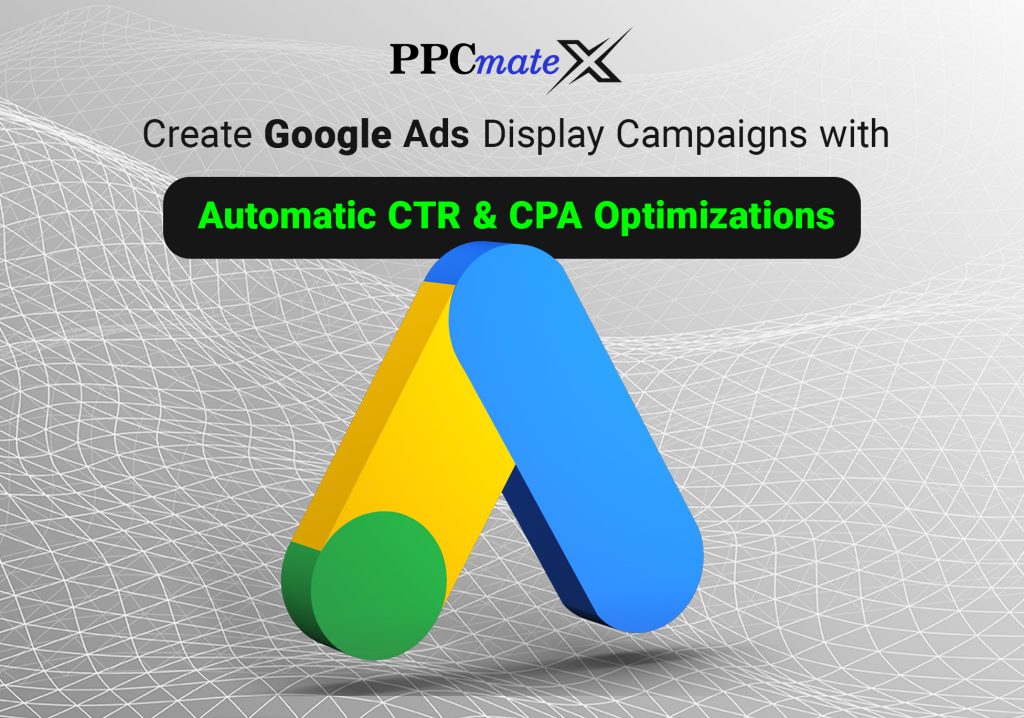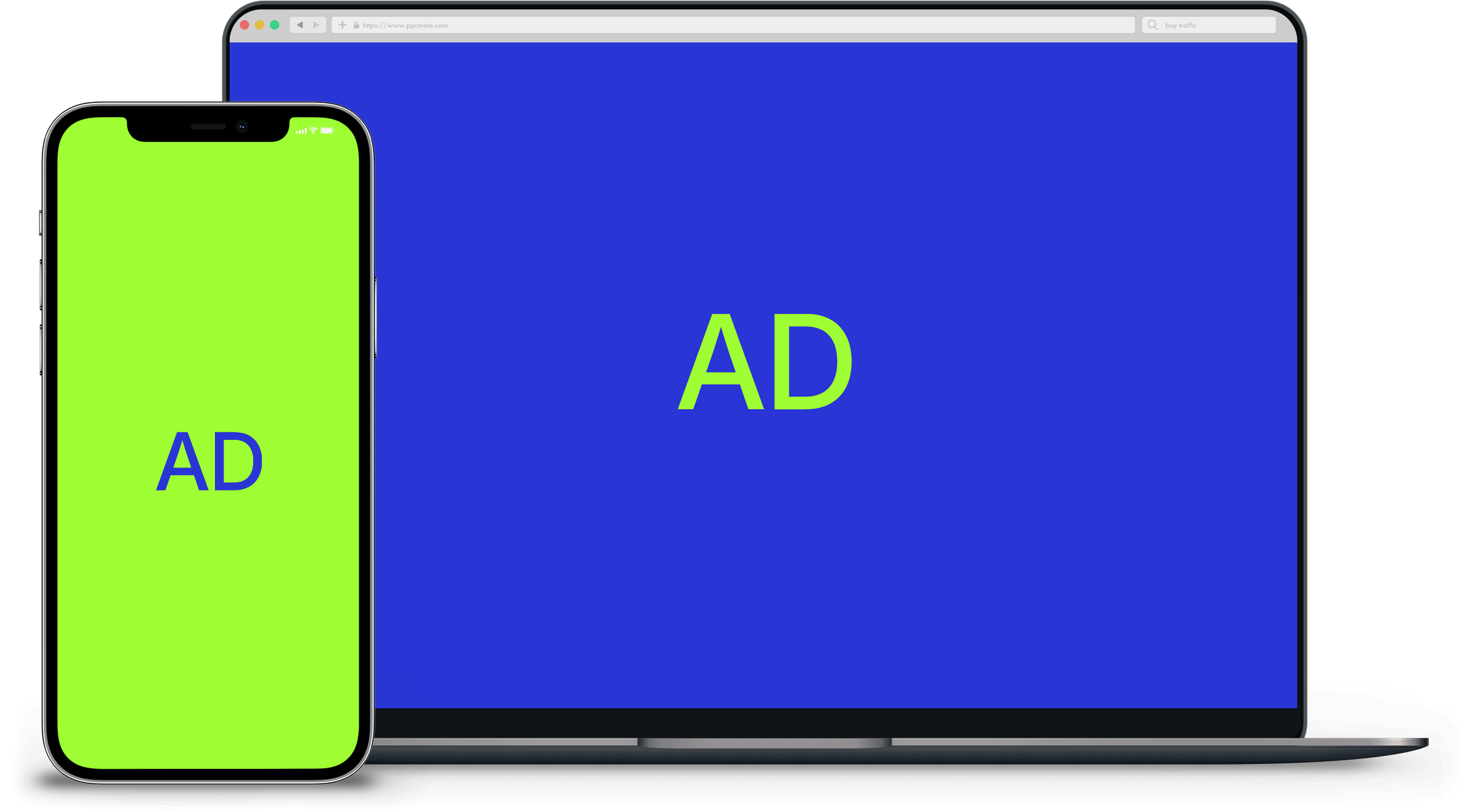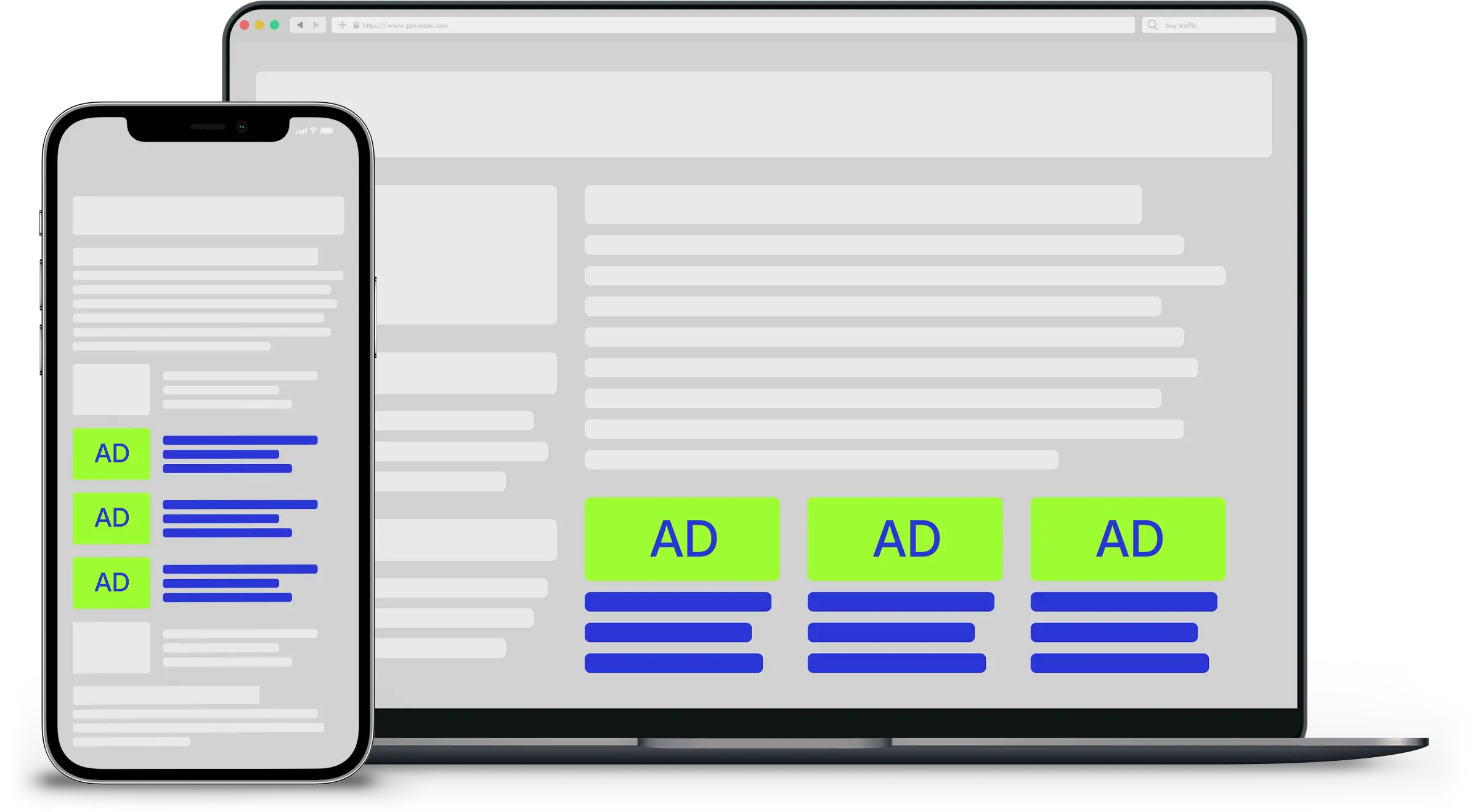While supporting this view, and measuring the effectiveness and efficiency of ad campaigns is something the industry should aspire to, there is a long way to go to achieve this goal outside of direct response campaigns. In the programmatic ecosystem alone there are multiple parties sitting between the brand and the publisher, including agencies, trading desks, DSPs, SSPs and networks. Even if the supply chain is as clean as possible at each stage, tracking the effectiveness of a campaign from the brand to the publisher is highly complex, especially as automation limits direct communication between the individual links in the chain.
Rather than trying to make the change from generic metrics such as clicks and views to measuring true efficiency in one giant leap, there is a mid-step the industry can take along the path to effectiveness and it involves paying more attention to engagement.
True inventory value lies in engagement
Leading a panel at Dmexco, Terence Kawaja of Luma Partners addressed the measurement challenge and questioned why the industry is still talking about long-distance proxies, such as views, when it should be measuring business outcomes. He suggested marketers should begin to migrate along the performance curve, and recommended a focus on time and engagement metrics. The true value of inventory lies in engagement so the industry must make measuring viewable engagement time its first step along the performance curve towards effectiveness.
First let’s get things straight. Viewable engagement time is a very different concept to dwell time; the current industry standard that measures the time between the ad loading and the user closing the tab. Just because an ad loads, and is viewable, it doesn’t mean it is valuable. Dwell time is not effective for measuring engagement because the user might have left the tab open while taking a screen break, or have opened the tab to read at a later date that never comes. Too many dwell time metrics include time where users are apparently looking at viewable ads on a page, when they could be doing something else entirely.
Viewable engagement time, on the other hand, checks whether the user is really there by measuring how long they are actively engaged with the page. This could be by detecting and recording engagement events, such as moving or clicking the mouse, scrolling the page, typing on the keyboard, or touching the mobile screen.
A white paper soon to be published by Sovrn analysed 300+ websites with billions of ad impressions over a month-long period, and discovered that on average, across all desktop activities, for every desktop impression, 260 engagement events took place, with 349 on tablet and 418 on mobile. But, for 9% of page views, the number of events drops to less than five, meaning the user isn’t actively engaged with the page at all. By using dwell time metrics to measure the ads on these inactive pages, views could be classified as valuable under current standards, when in reality no engagement is taking place.
Trading on time is one step further
Engagement time is a key step on the path to measuring effectiveness, but the industry can get closer to business outcomes by moving towards cost-per-second, or cost-per-hour advertising. Publications such as the Financial Times and the Economist are already trading on time for direct buys, and a cost per second specification is being built for a future release of the OpenRTB standard, so it won’t be long before this model will be available programmatically.
The ability to trade on time will give brand advertisers more confidence in digital as it will provide comparables with channels such as radio and TV where they can buy 15 or 30-second slots. This option is not currently easily available with digital, and certainly not with programmatic, but its introduction will allow brands to use similar metrics across all advertising channels and bring more brands online.
While it’s clear the digital advertising industry should be aspiring to measure true effectiveness of ad campaigns, making a single leap from views to effectiveness is a big ask. Engagement provides an achievable stepping-stone along the route to effectiveness and – when combined with future cost-per-second or cost-per-hour trading – will bring advertisers far closer to measureable business outcomes.
__
by Andy Evans
Source: thedrum.com









